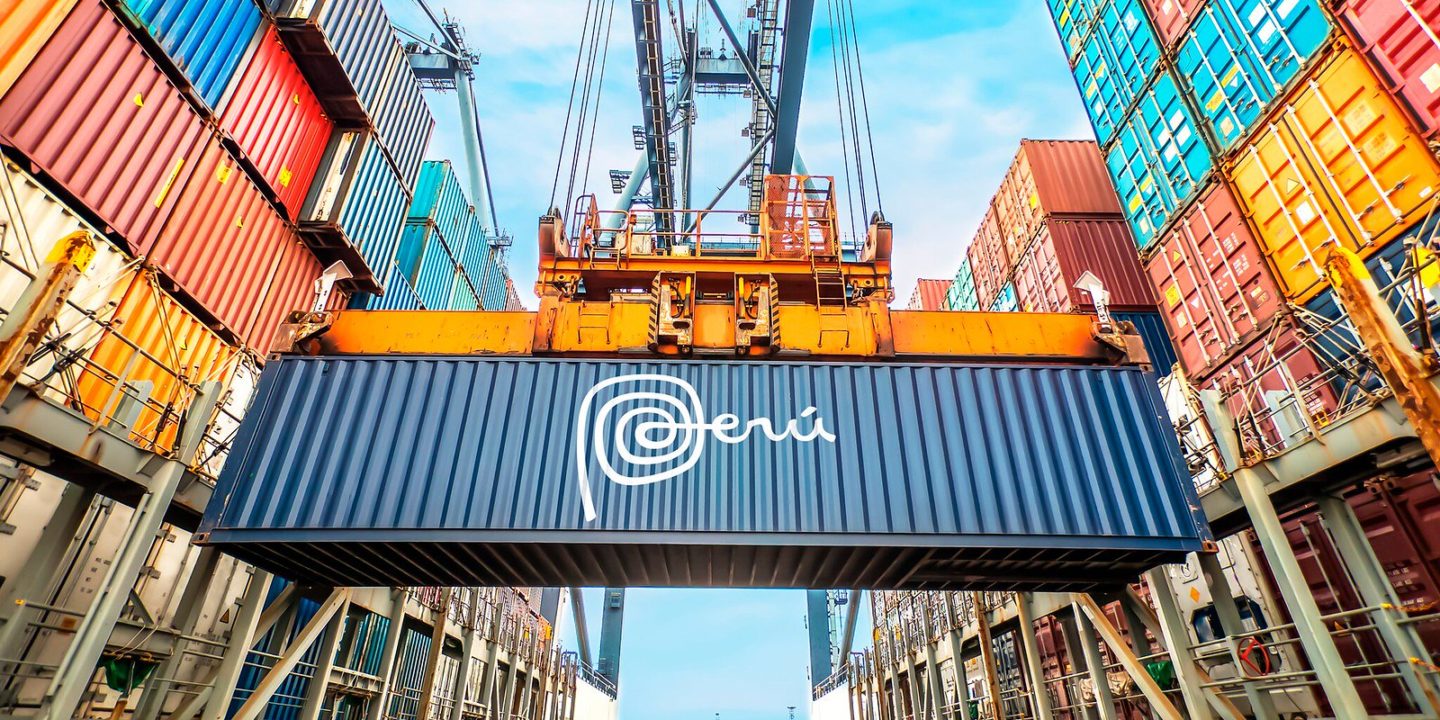RIO DE JANEIRO, BRAZIL – Peru will close in 2021 as the year of the most significant public investment in its history, amounting to some US$8.9 billion. The amount remains within the forecast range of fiscal deficit, which is expected to end at 3% of GDP, as Pedro Francke announced today, Minister of Economic and Finance of the Andean country.
The ministry defines a “Public Investment Project” as “any intervention limited in time that totally or partially uses public resources, to create, expand, to improve, modernizing or recovering the production capacity of goods or services; whose benefits are generated during the useful life of the project, and these are independent of those of other projects”.
Read also: Check out our coverage on Peru
At a conference in which he offered a balance of the financial results of 2021, Francke highlighted that public investment increased by 22%, a rate “well above the fall recorded in 2020”.

“There is no exaggerated spending policy. When the budget was made for this year, the fiscal deficit was projected to be 6.2% of GDP, and in the end, it will be 3%. This government has reduced the deficit by half. Talking about excessive spending is not in line with reality”, said Francke.
The minister affirmed that “Peru will have one of the highest growth rates in Latin America with the greatest reduction of the fiscal deficit in the entire region”, pointing out that the portfolio forecasts that the GDP will grow 13% in 2021, still below the forecast of the Central Reserve Bank of Peru (BCRP), which foresees 13.2%.
For Francke, the sustained control of the fiscal deficit and solid public finances have allowed the government to issue US$5.13 billion worth of bonds this year “with the lowest interest rates in all of Latin America”.
SIGNIFICANT REVENUES
The head of the fiscal wallet assures that this level of public spending comes from “a significant increase in government revenues”, mainly due to the record exports that will be registered this year, close to US$61 billion, partly thanks to the new cycle of high prices of metals such as copper, of which Peru is the second-largest producer in the world.
The arrival to power of current president Pedro Castillo also meant the payment of various debts that the tax administration was claiming from large mining companies such as Buenaventura, Cerro Verde, and Las Bambas, obligations that together amounted to almost US$1 billion.
Among the expenditures made by the government, Francke highlighted the delivery of the Bono Yanapay, a subsidy of some US$86.7 to people living in poverty to boost domestic consumption. The cost of the program totaled about US$1.26 billion, equivalent to 0.6% of GDP.
In Peru, formal employment is already above pre-pandemic levels, registering 2.2% growth in October compared to the same month in 2019.
However, what Francke is most concerned about now is inflation, which he expects to normalize throughout 2022 as forecast by the BCRP in its report last Friday, in which it projected 6.2% for 2021 and 2.9% for 2022.

